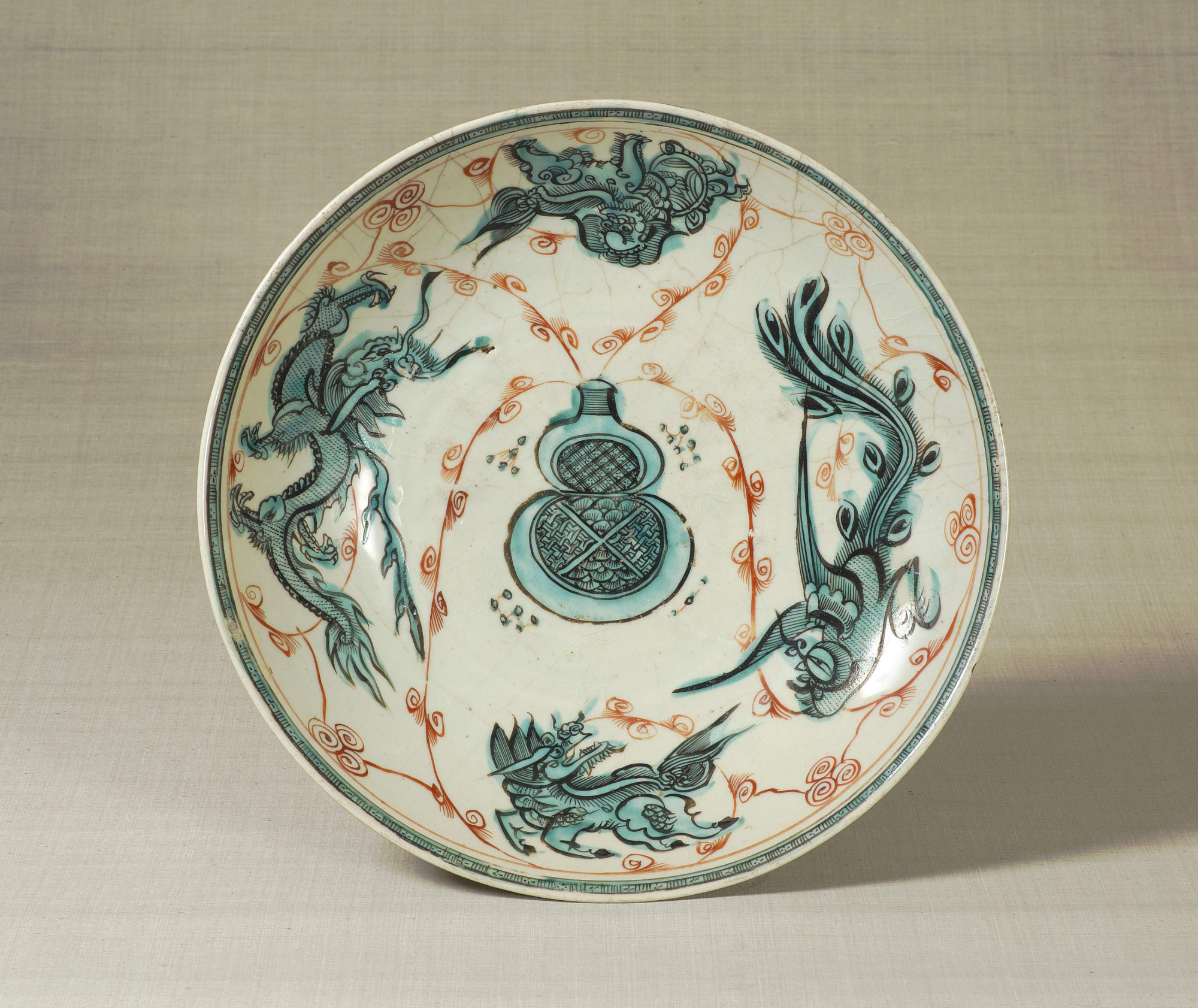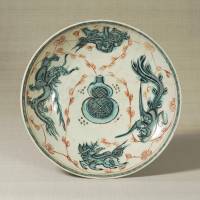June 27-Aug. 27
Iro-e (overglaze enamel) porcelain was introduced to Japan during the Edo Period (1603-1868) and greatly admired by the upper class as a form of decoration for tea-ceremony ware and everyday items. Some iroe goods were imported from the Jingdezhen area of China's Jiangxi province during the reign of the Tianqi Emperor (Ming Dynasty), while others, known as Swatow ware, came from Zhangzhou, Fujian province.
The Japan Folk Crafts Museum — established by Muneyoshi Yanagi (1889-1961), a philosopher and founder of the late 1920s mingei (folk crafts) movement — has selected a number of iroe works from its collection, including Swatow ware, Imari porcelain from the Hizen region in Kyushu, and iroe pieces by the Japanese potter Shoji Hamada (1894-1978).
The Japan Folk Crafts Museum; 4-3-33 Komaba, Meguro-ku, Tokyo. Komaba-todaimae Stn. 10 a.m.-5 p.m. ¥1,100. Closed Mon. 03-3467-4527; www.mingeikan.or.jp/english




